Introduction: The Vanishing of a Natural Wonder
Just a few decades ago, the Aral Sea was the fourth-largest inland sea in the world, stretching across Kazakhstan and Uzbekistan. It was a thriving ecosystem, supporting rich biodiversity, bustling fishing industries, and vibrant communities. Today, most of it has disappeared, leaving behind a desolate desert and rusting, abandoned ships—haunting reminders of one of the world’s worst environmental catastrophes.
Why the Aral Sea Matters
The Aral Sea was once a crucial economic and ecological hub. It provided livelihoods for thousands of people, supported diverse wildlife, and played a key role in regulating the region’s climate.
The Impact of Human Intervention
Unlike natural disasters, the disappearance of the Aral Sea is largely human-made. Decades of unsustainable water management and agricultural policies have led to its near-total depletion, altering the landscape and affecting millions of lives.
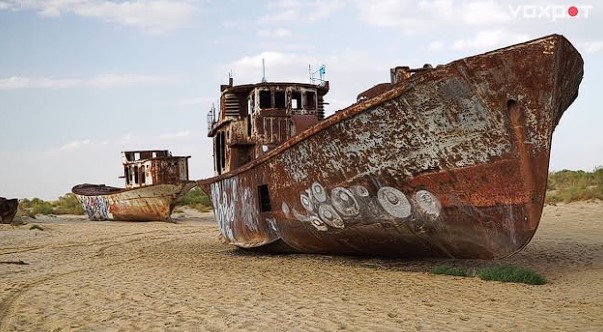
The Causes of the Aral Sea Crisis
The primary cause of the Aral Sea’s decline was the large-scale diversion of water from its two main feeding rivers, the Amu Darya and the Syr Darya, for irrigation projects in Central Asia.
Soviet-Era Agricultural Policies
In the 1960s, the Soviet Union initiated massive irrigation projects to boost cotton production, often referred to as “white gold.” These projects diverted vast amounts of water from the rivers feeding the Aral Sea, drastically reducing its inflow.
Climate Change and Increased Water Consumption
The situation worsened due to climate change and rising water consumption. Higher temperatures led to increased evaporation, and inefficient irrigation methods wasted large amounts of water, accelerating the sea’s shrinkage.
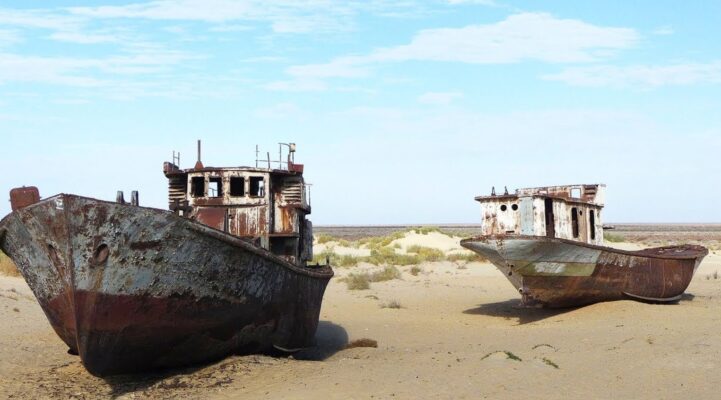
The Devastating Consequences
The disappearance of the Aral Sea has had far-reaching effects on the environment, economy, and public health.
The Rise of the Aral Desert
As the sea dried up, it left behind a salty desert known as the Aralkum Desert. The exposed seabed contains toxic chemicals and salt, which strong winds carry over vast distances, affecting soil quality and agriculture.
The Collapse of the Fishing Industry
Once home to a thriving fishing industry, the Aral Sea provided tens of thousands of jobs. As the water receded and salinity levels skyrocketed, fish populations collapsed, leaving many communities without a source of income.
The Human and Ecological Toll
The disappearance of the Aral Sea has also caused serious health problems and disrupted local ecosystems.
Public Health Crisis
The dust storms from the dried seabed contain harmful pollutants like pesticides and heavy metals, leading to increased cases of respiratory diseases, cancers, and birth defects among local populations.
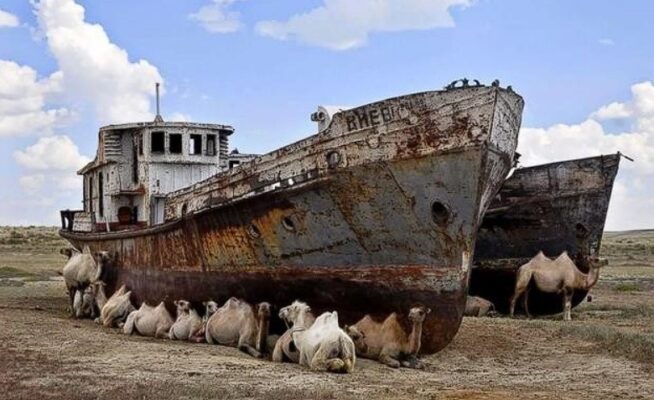
Displacement of Communities
With the collapse of the fishing industry and worsening living conditions, many people were forced to abandon their homes, leading to economic and social decline in once-thriving towns like Muinak in Uzbekistan.
Efforts to Restore the Aral Sea
Despite the devastation, efforts are being made to restore parts of the Aral Sea and mitigate the damage.
The Kok-Aral Dam Project
Kazakhstan, with support from the World Bank, built the Kok-Aral Dam in 2005 to separate the northern and southern parts of the sea. This project has helped restore some water levels in the North Aral Sea, allowing fish populations to recover.
Reforestation and Dust Control Efforts
Governments and environmental organizations have launched tree-planting projects to stabilize the exposed seabed and reduce the spread of toxic dust, aiming to improve air quality and restore some ecological balance.
What Can Be Learned from the Aral Sea Disaster?
The Aral Sea crisis serves as a critical lesson on the dangers of unsustainable environmental policies and poor water management.
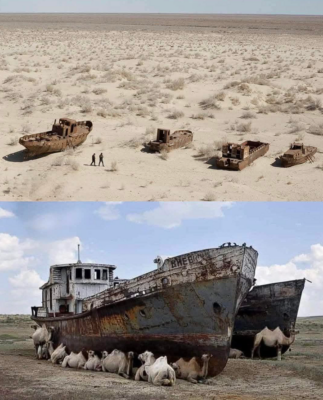
The Importance of Sustainable Water Use
The overuse of water resources for short-term economic gains can have long-lasting consequences. Proper water conservation methods and sustainable agriculture are crucial to preventing similar disasters.
Global Implications for Water Management
The Aral Sea is not an isolated case. Many other lakes and rivers worldwide are facing similar threats due to climate change and unsustainable human activities, making water conservation a global priority.
Conclusion: A Cautionary Tale for Future Generations
The disappearance of the Aral Sea is one of the most striking examples of human-induced environmental destruction. While some restoration efforts have shown promise, the damage serves as a stark warning about the consequences of mismanaging natural resources. By learning from past mistakes and implementing sustainable policies, we can prevent similar environmental disasters in the future.

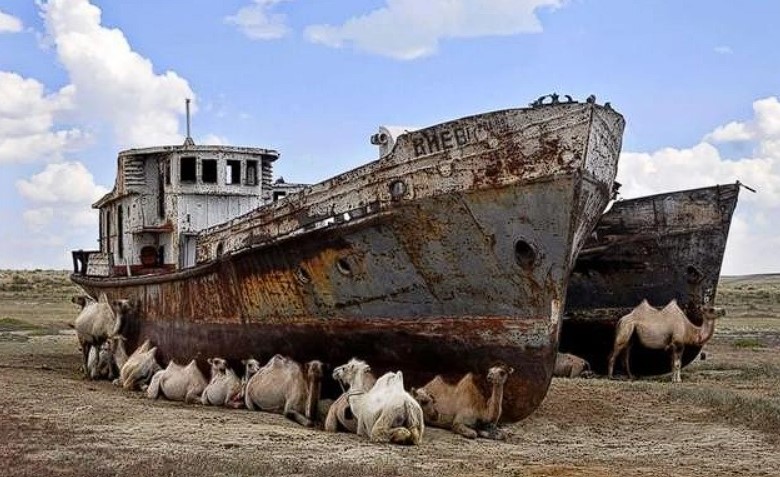
CÁC TIN KHÁC
Mary Walton: The Forgotten Inventor Who Helped Clean Up America’s Cities
Tomb of Queen Nefertari in the Valley of the Queens, Egypt
Discover the Hypostyle Hall of the Temple of Hathor at Dendera
Venus de Losange: Unveiling the Mystery of a 20,000-Year-Old Paleolithic Icon